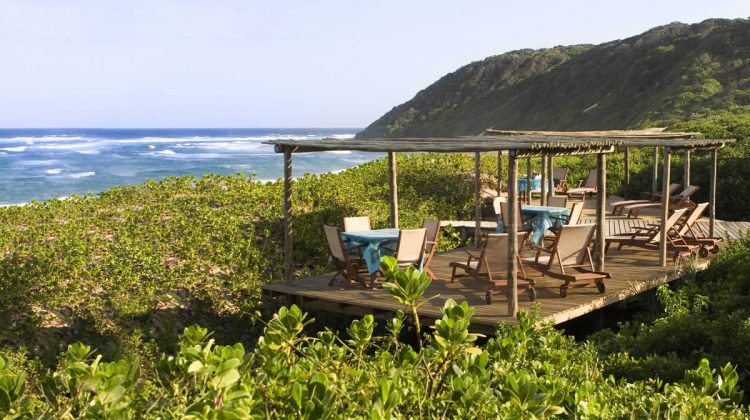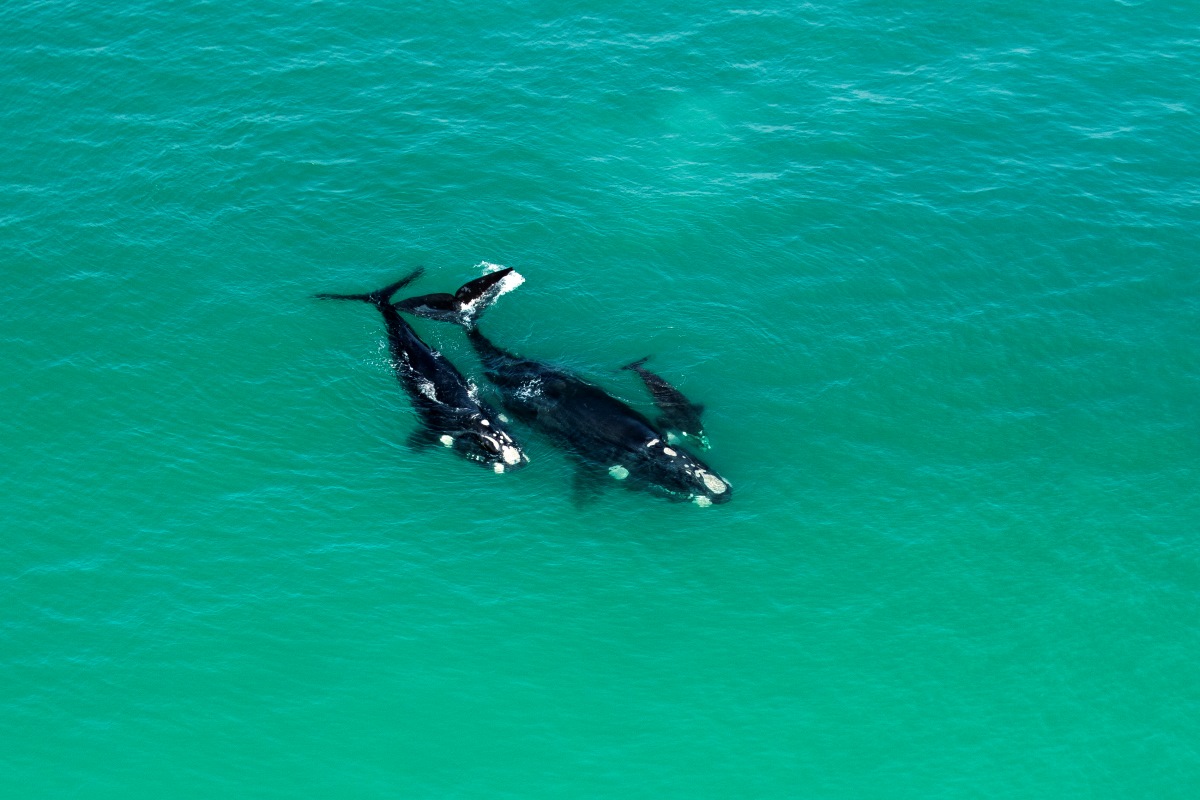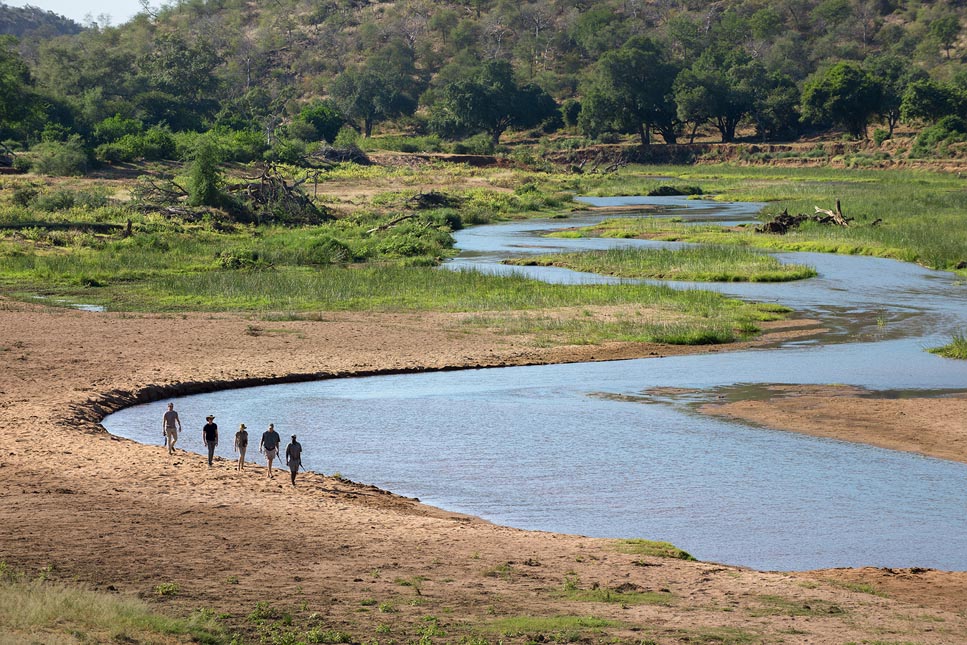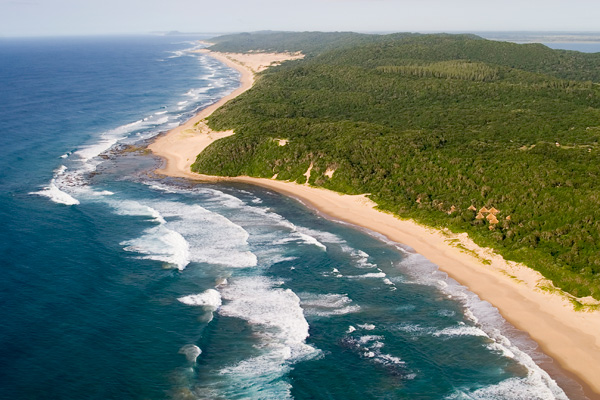Hidden in Plain Sight – South Africa

Often described as a world in one country, the landscapes of South Africa stretch from tropical white-sand beaches to snow-capped mountains and include spectacular views and wildlife-filled national parks and reserves. In contrast to these areas of natural beauty are cosmopolitan cities boasting excellent museums and world class restaurants.
South Africa boasts many famous destinations; Cape Town and The Winelands, Kruger, The Garden Route and Durban to name but a few. Here we head off the beaten track and introduce some little known destinations hidden across the country.
Marakele National Park – Waterberg
Just four hours by road from Johannesburg is the Marakele National Park sitting at the foot of the Waterberg Mountains. It’s a malaria free area encompassing vegetation from South Africa’s wetter eastern climate and the drier western climate, this flora in turn leading to a rich variety of wildlife. At the western end of Marakele is the 21,000 hectare privately owned Marataba section of the national park.
Closed to the public, this area offers exclusivity to guests staying in the small number of properties here, including Marataba Explorer’s Camp. This small camp overlooks a well-used waterhole and embraces a laid-back, outdoors lifestyle. The area boasts excellent wildlife including lion, leopard, buffalo, elephant and rhino; but the main focus of a stay here is learning about conservation with the opportunity of assisting rangers with their activities. Visits to the local community, night drives, walking safaris and boat cruises are among the additional activities on offer. Marataba Explorer’s Camp is in a malaria free region and offers a great base for families with young children looking for a conservation led experience.

Conservation led wildlife experiences at Marataba Explorer’s Camp
De Hoop – Western Cape
De Hoop is a little known nature reserve in South Africa’s Western Cape region. Not far from the Garden Route and only three hours’ drive from Cape Town, this small reserve has a delightful remote feel. De Hoop is a fascinating region which comprises ocean and land and has a lovely mix of landscapes and habitats, including coastal fynbos and beautiful dune fields. The rolling fynbos hills are a joy to explore on foot and abound with wildlife including Cape mountain zebra, bontebok, eland and leopard tortoise. De Hoop’s diverse habitats offer outstanding birding. Flamingos, spoonbills, pelicans, white-fronted cormorants and black-necked grebes are found in the wet land habitats, the Potberg Mountain area is home to the region’s only remaining breeding colony of Cape vultures, and the spectacular sand dunes that rise up from the coast are patrolled by African harrier-hawks.
Morukuru Beach Lodge has an elevated position overlooking the Indian Ocean, inside the De Hoop nature reserve. From the lodge there are beautiful beaches with rock pools to explore and good snorkelling in the marine reserve. A highlight for guests staying between July and November is the opportunity for excellent land based whale sightings. Southern Right Whales can been seen blowing and breaching from the shoreline, and dolphins, seals and sharks are also readily seen. Mountain biking and sandboarding as well as wildlife walks and excellent birdwatching make this a destination with “something for everyone”.

Whale watching from Morukuru Beach Lodge
Pafuri – Northern Kruger
Kruger National Park is perhaps the best known of South Africa’s safari destinations. Venture a little further to the northern most section of Kruger national park to discover Pafuri in the Makuleke Conservancy. This 24 000 hectare private concession is described as the ”Jewel of Kruger”, located between the Luvuvhu River to the south and the Limpopo to the north. The diverse habitats in the region include riparian forest, extensive fever tree forests, groves of towering baobabs, stands of large palms, mountains, floodplains, grassland, and mopane woodland. With probably more animal and plant species diversity than anywhere else in Kruger, the area is famous for the large herds of elephant and buffalo that are resident most of the year round, together with healthy populations of antelope, leopard, hyena and more.
Pafuri Camp is set amongst the riverine forest along the banks of the Luvuhu River in a remote location. Due to its fantastic riverside location Pafuri Camp is a destination of choice for avid birders, and guests are regularly treated to sightings of rare species including the elusive Pels Fishing Owl. Guests can enjoy both day and night wildlife drives as well as walking safaris. Multi day walking safaris are also an exhilarating way to explore this wonderfully remote and peaceful region.

Walking safaris from Pafuri Camp
Maputaland – KwaZulu-Natal
Durban is South Africa’s most famous “go to” coastal resort. However if you travel further north along the coast to reach KwaZulu-Natal near the Mozambique border, you will discover Maputaland, one of South Africa’s last great stretches of untouched coastline. Maputaland is sandwiched between the shimmering Indian Ocean on the east and the rugged Lebombo Mountains in the west, with the World Heritage Site of the iSimangaliso Wetland Park lying to the south. Home to a vast array of land based and marine wildlife and renowned for its rich biodiversity, varied ecosystems, and natural beauty, this undiscovered region begs to be explored.
Secreted among the pristine coastal wilderness is Thonga Beach Lodge, set into coastal forest on a series of dunes with expansive views of the beach below. Leave the barefoot luxury of the lodge to explore blazing corals, white beaches and fresh water lakes. Snorkelling, swimming, scuba diving, wilderness walks, guided canoe trips and fishing are all on offer. Thonga Beach Lodge is close to Lake Sibaya (the largest freshwater lake in Southern Africa), where guests can explore the breath-taking scenery found along the lush wetlands. During turtle season (November – February) guests at Thonga Beach Lodge have the privilege of viewing leatherback and loggerhead turtles laying their eggs, at the carefully protected nesting sites, in front of the lodge.

Pristine coastline at Thonga Beach Lodge
What Next?
If this article has inspired you to find our more, we would be delighted to help plan your perfect trip to South Africa .
Do get in touch – chatting to people by phone or email is what we do best. We listen, we explain, we answer all sorts of questions even those you didn’t know to ask, and finally we make suggestions. If this is your first time to Africa or your twenty first, we have a team standing by to help make the planning easy and the journey the best ever.
Leave a Reply